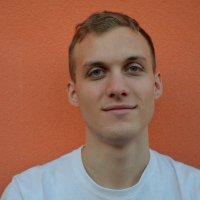
Andrii Zadaianchuk 🇺🇦
@zadaianchukml
Postdoc @UvA_Amsterdam PhD @ETH Zürich and @MPI_IS, intern in @AmazonScience. Structured representation learning for and by autonomous agents. 🦋 @zadaianchuk
ID: 1273965675292364802
https://zadaianchuk.github.io/ 19-06-2020 13:07:56
563 Tweet
399 Followers
360 Following








Sergey Levine was just presenting in the Exploration in AI @ #ICML2025 and promoted that exploration needs to be grounded, and that VLMs are a good source ;-) Check our paper below 👇










